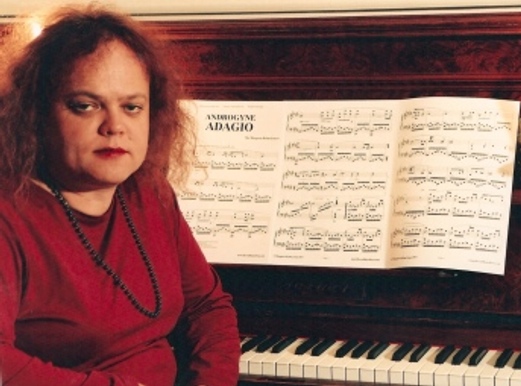
All about Margaret
Click here to
see bigger samples
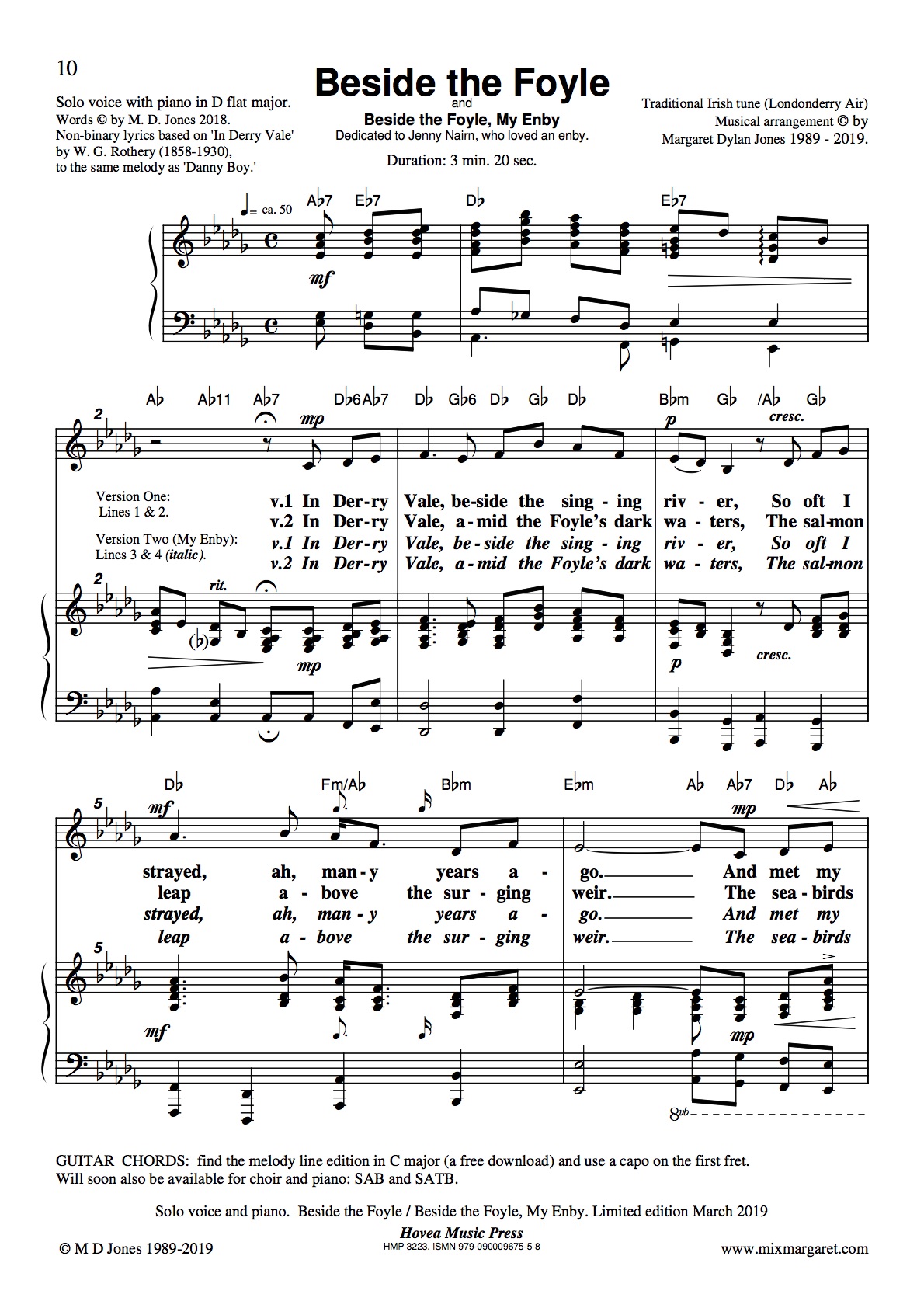
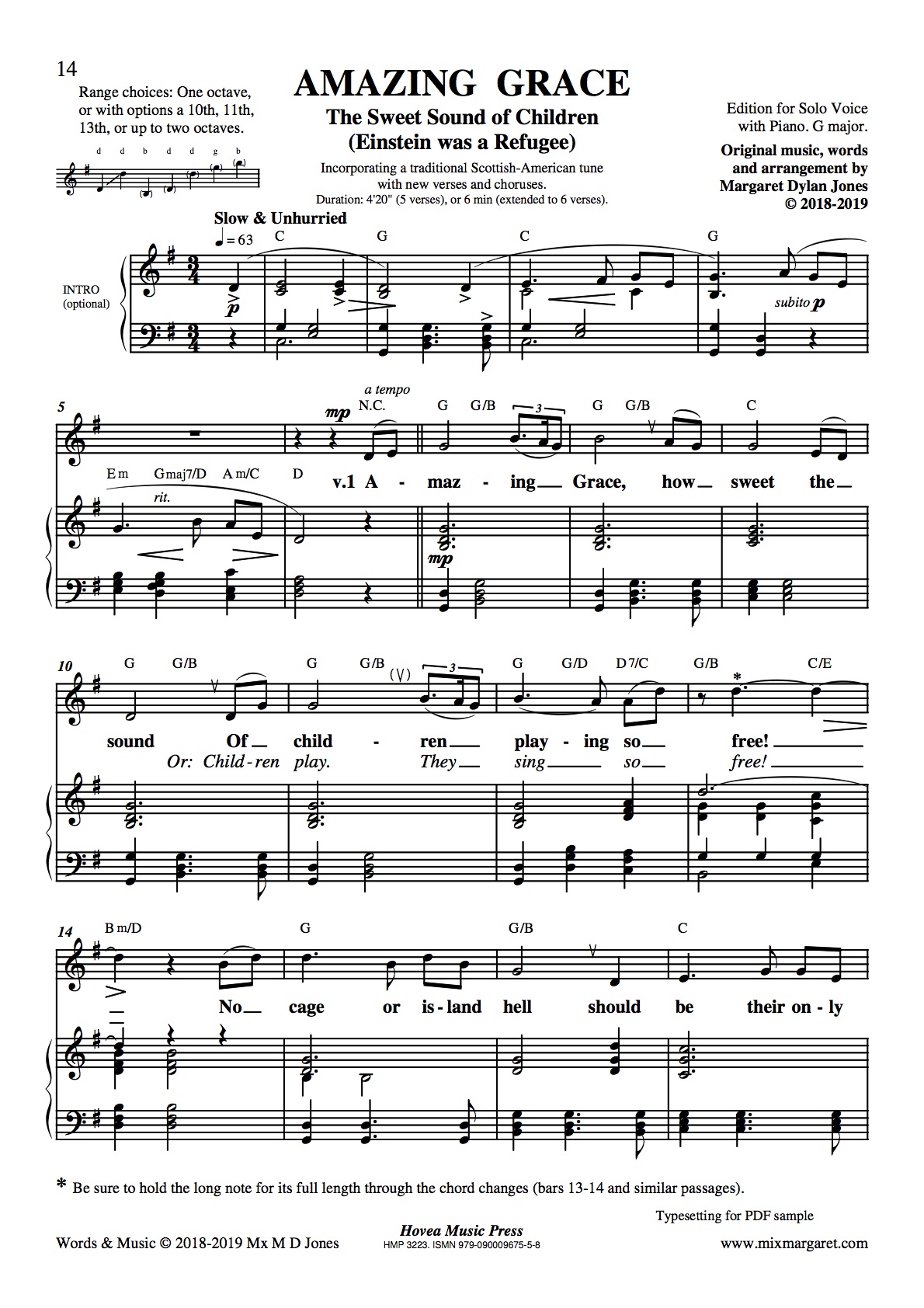
My sites
Entry Portal
Site List
Mix Margaret Dylan Jones
W.A. composer, pianist,
teacher, article writer, lyricist
Three Traditional Songs
with inclusive lyrics
Limited Edition of fifty (50)
Solo voice and piano, with multiple lyric choices.
Sophisticated arrangements by Mx Margaret D. Jones.
To buy click here.
From the
PREFACE
Why Make New Arrangements?
The Singular They
Inclusive LGBTIQ Stories for the 21st Century
Practice Recordings
Copyright and Royalties
About:
Beside the Foyle
Beside the Foyle, My Enby
About:
Amazing Grace, the Sweet Sound of Children
(Einstein was a Refugee)
Amazing Grace, a Song for All
(Harvey Milk Gave Us Hope)
About:
Greensleeves In Love
Greensleeves, My Love
Greensleeves Enby
Greensleeves Marries
About:
The Composer/Arranger
SCORES for solo voice and piano:
Beside the Foyle
Amazing Grace, the Sweet Sound of Children
Greensleeves in Love
Why make new arrangements with inclusive lyrics?
Some of these new lyrics provide a means for partners, family members, friends and other allies of gender and sexually diverse people to sing about their supportive feelings toward us. Other lyrics given here are for LGBTIQ* people to sing themsevles, though of course anyone can sing any lyric if they wish.
I’ve long been disappointed that most of the best vocal and choral music is strongly heterosexist, exclusively binary in gender, and proselytizing of religion. I’m sure I’m not the only person who would prefer to sing lyrics that mean something to me. I want to sing great music with words that relate to my experience as a non-binary transgender androgyne and member of the LGBTIQ community. My non-LGBTIQ friends want to sing lyrics which are relevant to our times.
Before gaining a composition degree I was composing instrumental music from the age of 15. Decades ago I made simple arrangements of these traditional songs for my singing students or the choirs I founded. In 2018 I reinvented myself as a writer of lyrics.
These are very special arrangements. Some are so musically sophisticated and innovative they verge on being new compositions. These lovely and well-known melodies were crying out for refurbishment to give them a new lease on life with new and old audiences. Choral versions will be published soon.
Each song has at least two sets of lyrics to choose from to suit different singers (different points of view) and different occasions. Within some lyrics there are further choices of a different word here and there. More lyrics are in progress.
These are separate songs. They were not intended to be sung together, but they could be.
Back to top
THE SINGULAR THEY
These lyrics use the singular they. In everyday life all people use the singular they without realising it, though they don’t often see it in print. Nevertheless, it has been used in writing for many hundreds of years by a long list of respected authors including William Shakespeare and Jane Austin.
Contrary to popular belief, the singular they has never been considered ungrammatical except by a few diehard linguistic activists in the nineteenth century who fought unsuccessfully to outlaw it. For more see this blog by the Oxford English Dictionary (OED): https://public.oed.com/blog/a-brief-history-of-singular-they/
Since singing is akin to speaking the use of the singular they should be easier to accept when heard in a song than when read in print. You can read a little more about they in my major article about my title, Mx, accessible from my website here.
Back to topINCLUSIVE LGBTIQ STORIES FOR THE 21ST CENTURY
The lyrics have an archaic style mimicking the traditional lyrics and even retaining some words and phrases so that singers and audiences will experience some of the traditional flavour of these famous songs. However, the songs now tell modern stories and romances from the point of view of LGBTIQ people and our friends, families and allies. It’s about time we had our own voice!
Please enjoy.
Margaret Dylan Jones
MusB(UWA), DipEd, LTCL, ATCL, AMusTCL, AMusA
AMC Associate Composer. March 2019
Back to top
PRACTICE RECORDINGS
Practice recordings, free to download, are available on my website. More recordings and other resources, such as backing recordings and melody-line editions, will be added from time to time. Click here for the list of recordings.
COPYRIGHT AND ROYALTIES
I hold copyright in both the musical arrangements and the lyrics of all these works, with the exception of the public domain words of the second verse of Beside the Foyle. In the arrangements of Amazing Grace and Greensleeves, in addition to my new accompaniment figurations, new lyrics and new choice of chords, these works feature many bars of new melody created by myself.
The music and lyrics are registered with the Australasian Performing Right Association (APRA AMCOS). For copyright, performance, recordings and videos please contact APRA, myself (Margaret Jones) directly or the copyright collection organisation in your country.
Back to top
LGBTIQ is used in this publication to mean lesbian, gay, bisexual, transgender, intersex and queer, as umbrella terms to encompass a great many other descriptions such as non-binary etc.
Beside the Foyle
Same tune as Londonderry Air/In Derry Vale/Irish Tune from County Derry/Danny Boy.
A person sings of their anguished memory of a secret lover they met many years ago in a now faraway place, who they could not marry at the time. Unspecified gender and sexuality.
Point of view: any person, including LGBTIQ and allies.
Other lyrics (lines 3 & 4 of the words in the score, in italics):
Beside the Foyle, My Enby
A person sings of their anguished memory of a secret non-binary (enby) or androgyne lover they met many years ago in a now faraway place, who they could not marry at the time. Point of view: any person, including LGBTIQ and allies.
I’ve long preferred the lyrics In Derry Vale by William Gurney Rothery (1858 - 1930) to the more famous Danny Boy (which words were originally written for a different melody), so quite a few of Rothery’s words are incorporated in my new lyrics.
The River Foyle and its estuary form a major waterway in Northern Ireland. I’ve kept that reference in the lyrics as I wanted to preserve a sense of the original location of this wordless melody which was first collected in that part of Ireland in 1851.
mixmargaret.com/beside
Back to top
Amazing Grace, the Sweet Sound of Children
(Einstein was a Refugee)
A person sings of their concern and anguish over the shameful and inhumane treatment of refugees and asylum seekers, with particular reference to the children and the way fascists and theocrats have abused the situation by fearmongering for political purposes. Point of view: any person with a heartbeat.
Other lyrics (at the end of the score):
Amazing Grace, a Song for All
(Harvey Milk Gave Us Hope)
A person sings of the common humanity of all people whether LGBTIQ, POC, or otherwise. They refer to fascists and theocrats who use fearmongering and scapegoating to make us fear our neighbours and propagate hate.
Point of view: an LGBTIQ person, a person of colour, or any ally or supporter.
The new lyrics (with two sets to choose from) come with a new variation on the tune for some verses and a new chorus. The piano accompaniment is through-composed (ie different for each verse etc).
This traditional melody began as a wordless tune in the Appalachian area of the USA ca. 1830, originating with Scottish immigrants and very much in a Scottish style. There is no evidence or suggestion it was devised for religious purposes. About five years later someone combined it with Englishman John Newton’s words from the 1770s which subsequentially became the very famous song, Amazing Grace. Many other lyrics have been fitted to it or created for it since that time.
The music of this arrangement is quite different in several ways to other arrangements. A serious challenge in setting this melody is the lack of a chorus; the original tune is only sixteen bars and most recordings use just those sixteen bars two or three times and that’s it. To solve this problem I’ve made a variation on the tune for the second and fourth verses and also devised a chorus. This sophisticated arrangement has five verses (or six in the extended version), two choruses, and piano links. The extended version has a piano solo before the final verse, based on the chorus.
mixmargaret.com/amazing-grace
Back to top
Greensleeves In Love
A person sings of isolation and being different in their teenage years, until they found their lover, Greensleeves, and experienced the joy of love. They exhort the world to let LGBTIQ people be free to be themselves.
Point of view: an LGBTIQ person.
Other lyrics (at the end of the score):
Greensleeves, My Love
A person sings of how their own childhood was so different to that of Greensleeves, who is LGBTIQ. They exhort families to let their LGBTIQ children know they love them, and urge the world in general to respect such people’s need to be themselves.
Point of view: a partner, parent or other supporter or ally of an LGBTIQ person.
Even more alternative yrics (at the end of the score):
Greensleeves Enby
A person sings of how their troubled relationship improved when their partner ‘came out’ and revealed they were non-binary. They now plan to marry.
Point of view: the partner of a person who is non-binary transgender, non-binary intersex, or gender-queer.
This music is based on the anonymous English tune Greensleeves from around 1580 in the Elizabethan era. The lyrics have been updated for the twenty-first century, with a choice of words. (To be published later in 2019 is another set of lyrics for any wedding called Greensleeves Marries.) This melody has long been used in Australia by ice cream vans.
The setting begins with a reworking of part of an original piano work I composed called Hymn to the Valley, used as an introduction to some of the verses (each time becoming shorter). This provides a bittersweet juxtaposition of the major key with the minor key (or mode) of the verses. The piano links also give singers a chance to recover their breath.
This arrangement features varied accompaniment patterns. Though the chords are traditional types my modernised choices differ from the sixteenth century version. This work goes beyond mere arrangement with the creation of extra bars of melody inserted into the chorus, new linking sections, an introduction, a bridge, a new ending, and new words.
The earliest known Greensleeves lyrics from the 1580s are static. I’ve blended some of those words with the language of our times and produced a more dynamic story, telling a more optimistic tale. The fate and type of the relationship in the story depends on which lyrics are selected from those provided.
The original tune for Greensleeves is in the dorian or aeolian modes, which sound similar to minor scales. This arrangement uses the dorian mode and major scales such that the work now begins and ends in the major key, with many minor-sounding sections. This juxtaposition has the effect of heightening the flavours of the contrasting tonalities.
The dorian mode is like an altered minor scale with the sixth degree raised and the seventh lowered (or not raised). However, at cadences the seventh is raised a semitone in a Renaissance practice known as musica ficta.
An easier piano accompaniment is in preparation as an alternative or for studio teaching.
Despite persistent myths we can be certain that neither the melody nor the words to Greensleeves were written by any member of any Royal family, especially not by one who died decades before this song arose.
mixmargaret.com/greensleeves
Back to top
As yet unpublished, appearing soon:
Greensleeves Marries. Musically shorter; multiple lyric choices for any couple (whether LGBTIQ or not).
About the composer/arranger
MARGARET D. JONES writes with a keen appreciation of the needs of students and teachers having taught piano, theory, and voice for decades, and founded and conducted two choirs. Their compositions include solo piano works and music for various ensembles and choirs. Margaret studied composition with Roger Smalley for five years at the University of Western Australia, beginning in 1979.
Mx Margaret Dylan Jones,* MusB(comp), DipEd, LTCL(pno teach), ATCL, AMusTCL, AMusA, is an androgyne (or enby). Margaret uses she or the singular they and is happy to be addressed either way.
* Mx, or Mix, is the composer’s title as a non-binary transgender androgyne (or enby), rather than Miss, Mrs, Ms or Mr.
Mx is an abbreviation for 'mixture' and should be pronounced as 'mix.' Margaret was a very early adopter of Mx and has been using it consistently since 2002.
Mx was added to the Oxford Dictionary online version in 2015. See her blog or website for more details and a major article about Mx.
Please do not assume every non-binary person wants to use Mx as their title. Most trans people are very happy to be asked what pronouns they use and what title they use, if any.
Back to topBeside the Foyle (D flat major)
Beside the Foyle, My Enby
(same tune as Danny Boy)
Amazing Grace, the Sweet Sound of Children (Einstein was a Refugee) (G major)
Amazing Grace, a Song for All
(Harvey Milk Gave Us Hope)
Greensleeves In Love (E major/E minor)
Greensleeves, My Love
Greensleeves Enby
MEDIUM VOICE
Wire-bound in one volume, c. 33 pages.
Available at my Shopify page or by mail order.
$25 AUD plus $10 p&h (p&h is $18 outside of Australia).
Hovea Music Press
HMP 3223. ISMN 979-0-9009675-5-8
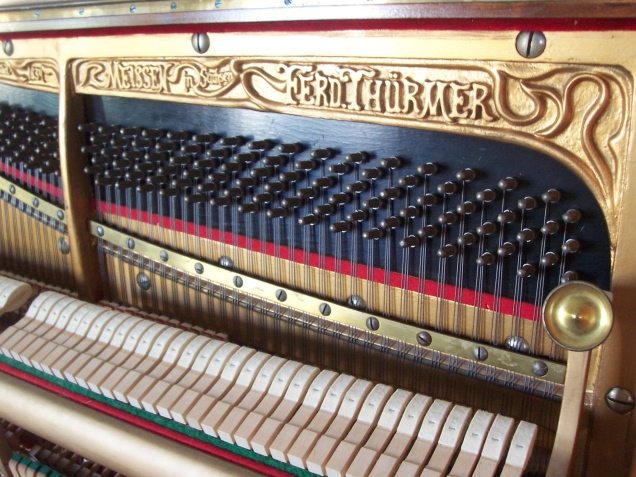
My sites
Entry Portal
BLOG
(leave a comment)
Facebook:
MixMargaretDylanJones
SoundCloud
(free recordings)
YouTube (videos)
Site List
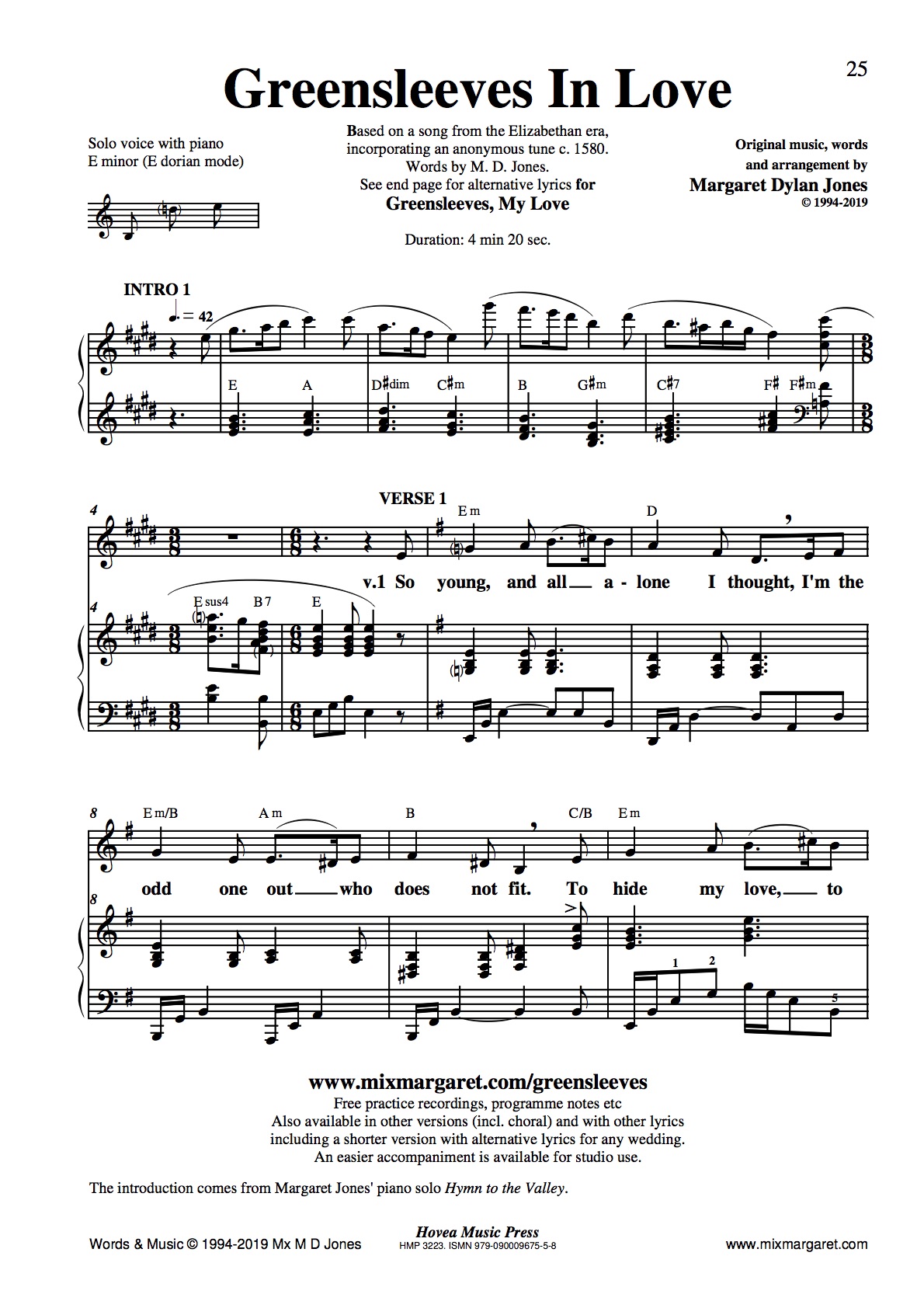
How to refer to Margaret
margaret-mx-she-they.html